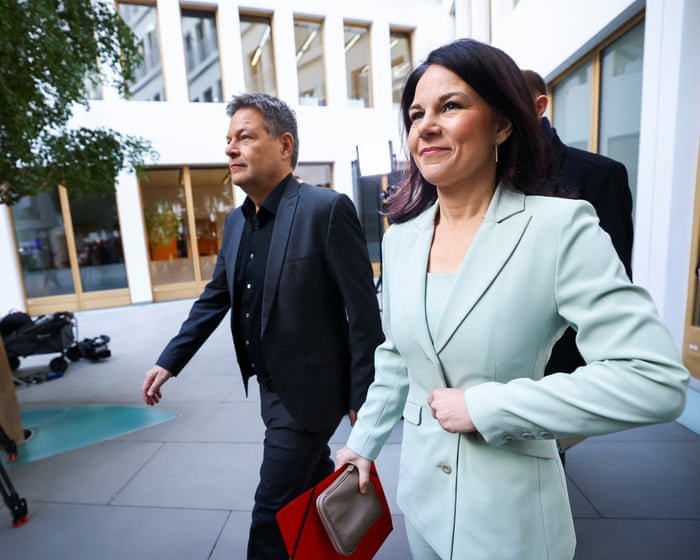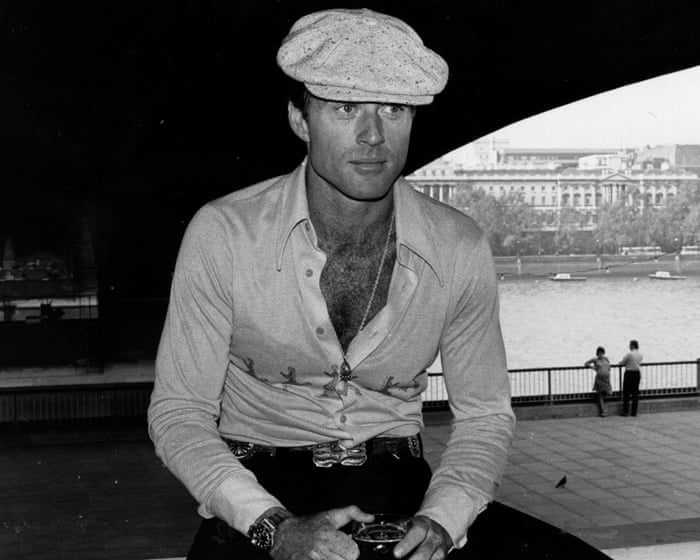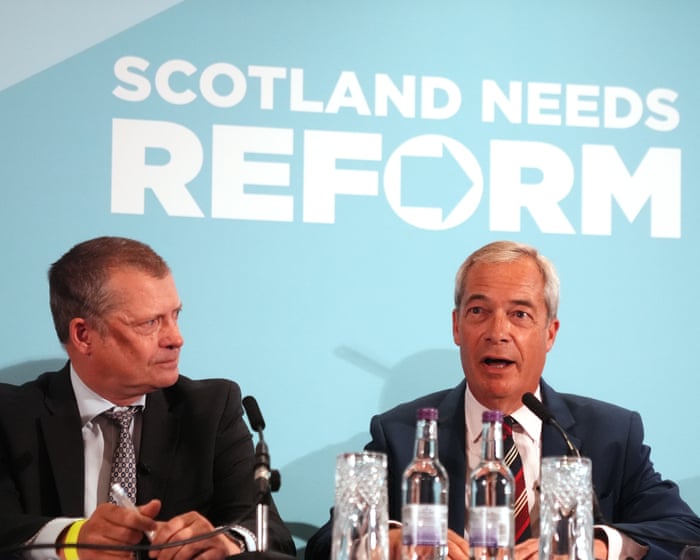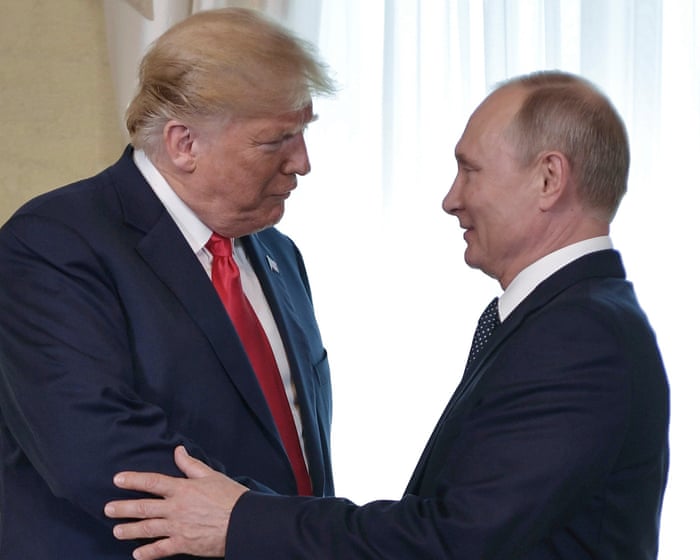Germany’s Green Party, Die Grünen, was once the model for environmental movements across Europe. In early 2021, they led national polls with nearly 30% support, sparking speculation about a potential Green chancellor. Just four years later, the party is in turmoil—divided, out of government, and polling barely above 10% after losing 33 seats in February’s election. With Germany’s political center crumbling, the Greens urgently need to reconnect with mainstream voters.
Their biggest challenge? Leadership. At their peak, Annalena Baerbock and Robert Habeck—seen as pragmatic figures well-suited to Germany’s consensus-driven politics—helped the party thrive. After the 2021 election, Baerbock became foreign minister and Habeck vice chancellor in Olaf Scholz’s coalition government. But when that government fell, the Greens lost a million votes, dropping to fourth place. Now, key figures are leaving: Habeck plans to move to Denmark, Baerbock took a UN role, and the entire Green Youth leadership quit the party.
This exodus could have been a chance for renewal. The Greens elected new co-leaders—Franziska Brantner (45) and Felix Banaszak (35)—and fresh Green Youth leaders, including climate activist Jakob Blasel and self-described “left-wing radical” Jette Nietzard. Instead of unity, these appointments exposed deep divisions. Since the 1980s, the party has been split between pragmatists (Realos) and idealists (Fundis). Those old tensions have resurfaced, now along generational lines.
Party leaders breathed a sigh of relief when Nietzard announced she wouldn’t seek re-election this fall. Her controversial stances—wearing “ACAB” (anti-police) and “Eat the rich” slogans, even musing about armed resistance against far-right coalitions—alienated centrist voters the Greens need. While such views resonate with Germany’s far left, that space is already claimed by Die Linke, which has gained ground by taking a harder line against the right. The two parties now poll similarly at 10-12%.
The new Green leadership aims to mend the party’s identity crisis and return to the center. Banaszak has distanced the party from the radical left, openly acknowledging his disagreements with Nietzard. With her departure, they hope to restore Realo dominance. This summer, the leaders are touring Germany’s most polarized areas—industrial Ruhr and former East Germany—to reconnect with working-class voters.
Their efforts drew early mockery, like Banaszak posing on a train floor despite having first-class access. But if the tour helps the Greens grasp Germany’s political realities, it could prove more than just a PR move.In Thuringia, an AfD stronghold in eastern Germany, Banaszak heard from a Green mayor’s teenage son that locals view the Greens as “radical climate activists.” But if people see Green politicians delivering tangible improvements—like reviving villages or fixing roads—their image could recover.
In Duisburg, a western industrial city, Brantner questioned whether the Greens alienated young male voters by failing to offer them a positive identity. She noted that discussions about masculinity often came with the label “toxic.” This kind of self-reflection is both new and crucial. The AfD aims to seize power by fueling Trump-style political division. If the Greens shift further left, abandoning the center the AfD wants to dismantle, they’ll only help the far right.
The AfD is circling like vultures, but in Berlin, a new, young left is mobilizing against them.
Germany’s political landscape still has space for a mainstream Green party. By striking the right balance, they could become the leading center-left force, bolstering moderate politics overall. Their ability to collaborate with conservatives is part of their strength. In Baden-Württemberg, Green leader Winfried Kretschmann has governed since 2011 with CDU support—a model that could work nationally. He remains popular even among conservative voters.
Like it or not, Germany has a conservative majority seeking political representation. The CDU has ruled out working with the AfD, leaving them tied to the struggling SPD. A CDU-Green coalition could reinforce the political center and defend democracy under threat. It would also bring environmental issues back into mainstream politics.
Whether the Greens’ new leaders can unite their fractured party behind pragmatic progressivism remains uncertain. But they must try—not just for their party’s survival, but for Germany’s democracy.
Katja Hoyer is a German-British historian and journalist. Her latest book is Beyond the Wall: East Germany, 1949-1990.*




